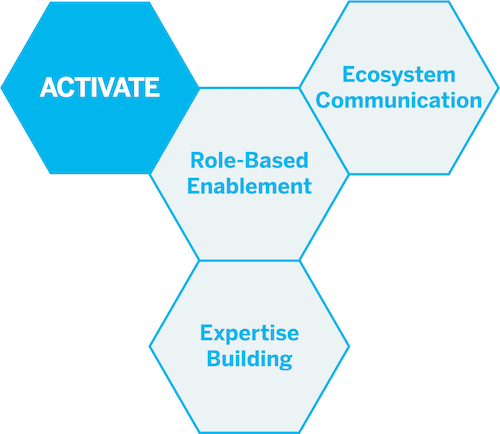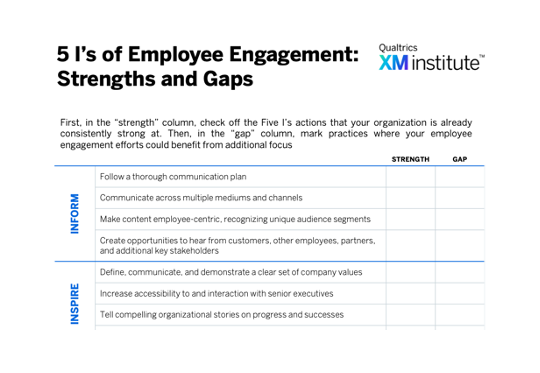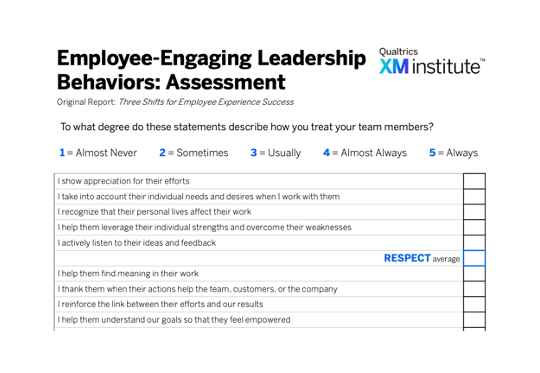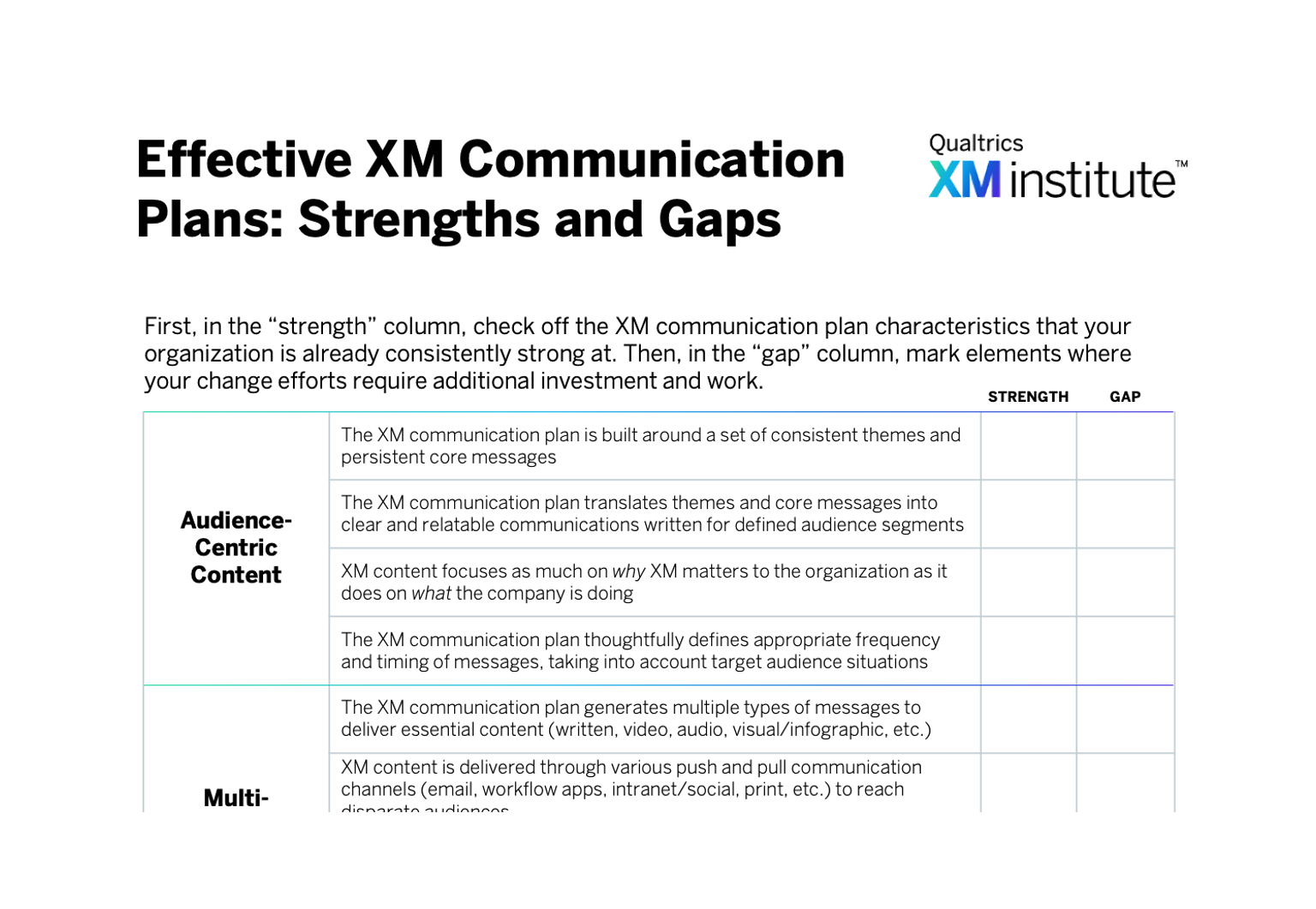Use this Launchpad as a starting place to understand how to activate your employees around your Experience Management (XM) efforts. Then explore the key resources included at the bottom of the page to expand your knowledge of this fundamental XM topic.
The Fundamentals
Walt Disney perhaps captured best why activating employees around Experience Management (XM) efforts is critical when he said:
It’s very hard – if not impossible – for an organization to achieve XM success if its employees aren’t activated in its XM culture. XM transformation requires almost everyone inside the organization to change how they do their everyday work. That’s why one of the six XM Competencies is Activate, which is about making sure that people at the organization – including leaders, employees, and partners – have the appropriate skills, support, and motivation to achieve desired XM results. This competency comes to life through three XM skills:
Ecosystem Communications
When people understand why XM is important, how they play a part in its success, and the value and progress of XM efforts currently underway they are more likely to stay aligned and positively contribute to results. That’s why no XM initiative is complete without a well-designed communications plan. Organizations need to deliver ongoing messages that balance both practical and inspirational elements relevant to each target audience.
Expertise Building
Since XM requires people to learn a new set of behaviors and practices, organizations will need to build, proliferate, and enhance XM knowledge and ability. An XM program’s success is very connected to the stagnancy or expansion of the capabilities on XM teams and across the organization. The right experience enables XM teams to better understand the business’s insights needs, continually reassess listening posts and analytical approaches, bring key insights to life in compelling ways, and catalyze customer- and employee-focused improvements.
Role-Based Enablement
If an organization is pursuing a strategy to create sustainable XM success, it must ensure that employees and partners have the training, tools, and motivation to successfully adopt XM-centric behaviors specific to their roles. This includes ongoing performance management, reinforcement, and coaching, along with recognizing and celebrating individuals and teams who demonstrate desired XM actions.

Tips for Taking Action
So how should a company go about activating its employees in its XM efforts? Here are some tips for taking action:
Identify specific XM behaviors to activate
The Activate competency ensures that employees understand XM and are motivated and prepared to demonstrate XM-centric behaviors. Use the implicit and explicit promises your organization makes to customers and employees about how they can expect to be treated to define the employee behaviors required to fulfill these promises.
Engage employees around the Five I’s
XM Institute research has identified five categories of actions that organizations can use to raise employee engagement with the things that are important to the company. We call these the Five I’s: Inform, Inspire, Instruct, Involve, and Incent.
Remove obstacles
Organizations are often so focused on what new XM tools or initiatives need to be introduced, they sometimes overlook the policies, processes, or tools that need to be updated or eliminated in order for employees to be able to do the right thing. Take time to regularly check in with employees to identify the obstacles getting in the way of them demonstrating desired XM behaviors.
Respond to employee feedback
Gathering employee feedback to hone your approach to activating your workforce is important, but the feedback won’t deliver any real value until the insights are turned into actions. Action can take many forms, including addressing specific pain points and identifying common themes across employee feedback and diagnosing root causes and drive continuous improvements.
Don’t overlook your middle managers
Organizations often neglect this group of influencers, when they should instead be involving their middle managers as a bridge between the XM vision of senior leaders and the day-to-day work of their teams. Your managers can play a part in many ways, from leading team training sessions around new XM behaviors to providing context around employee feedback and taking steps with their team to alleviate their pain points.













